It’s one thing to read about the split between Alice Paul and the main suffrage organization at the time, NAWSA. It’s quite another to realize that my grandmother Edna Kearns witnessed it. An article in the New York Tribune in November following the big 1913 suffrage parade in the nation’s Capitol laid out how the New Yorkers headed to Washington, DC for the NAWSA convention. Edna boarded the train with the New York delegation, accompanied by women whose names may be familiar to lovers of suffrage history: Inez Milholland, Mary Garrett Hay, Elisabeth Freeman, Ida Craft, Mrs. Arthur Livermore, Portia Willis and many others. It would be the national convention where the split between NAWSA’s direction and that of Alice Paul came to the surface.
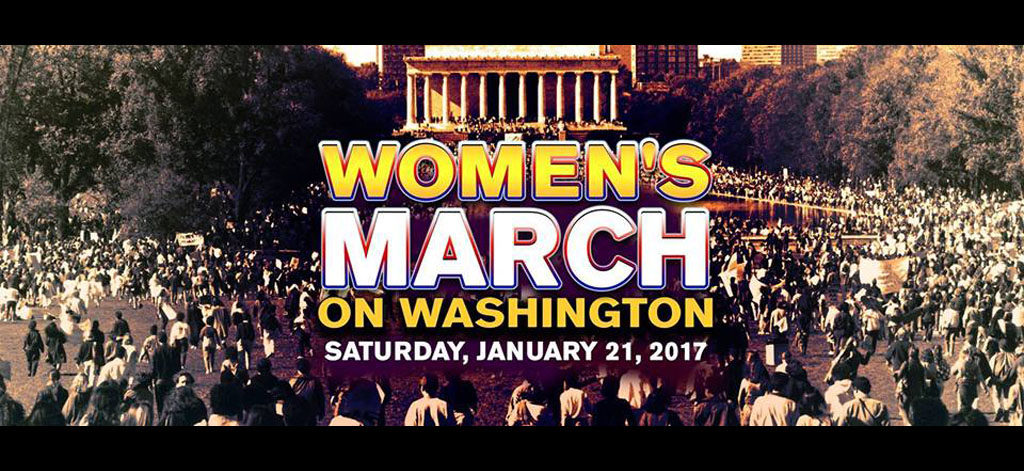
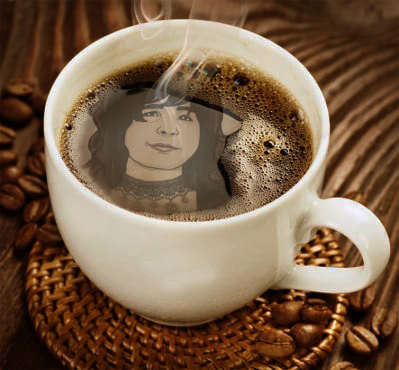 Reports from the streets are pouring in. Kenneth Florey, women’s suffrage researcher and columnist, started out from home with Emilia van Beugen and found that getting to the New York City march occupied more effort than could have ever been imagined. Ken Florey writes on suffrage movement memorabilia and his works are available through McFarland and Company. Suffrage Wagon News Channel has carried Ken’s articles about Hot Tea Month and the close connection of tea houses with the movement. One of Ken’s previous articles during January, Hot Tea Month.
Reports from the streets are pouring in. Kenneth Florey, women’s suffrage researcher and columnist, started out from home with Emilia van Beugen and found that getting to the New York City march occupied more effort than could have ever been imagined. Ken Florey writes on suffrage movement memorabilia and his works are available through McFarland and Company. Suffrage Wagon News Channel has carried Ken’s articles about Hot Tea Month and the close connection of tea houses with the movement. One of Ken’s previous articles during January, Hot Tea Month.
Here’s a report from Ken Florey in New York City for January 21, 2017.
Emmy van Beugen and I originally intended to go to the Washington DC March, but circumstances prevented that. New York turned out to be almost as spectacular. I first knew that the original estimate that 25,000 people would attend the NY march was way too low when the Metro-North train that we took from Connecticut to Grand Central Station in NY essentially overflowed. When we arrived, the terminal was filled to capacity, and we could hardly move. When we went to the central restrooms, the line was so large that transit attendants on duty allowed women to use the men’s room as well as the women’s room (except if they were from North Carolina). We then proceeded to the staging area near the UN, where our start was determined by alphabetical order of our last name.
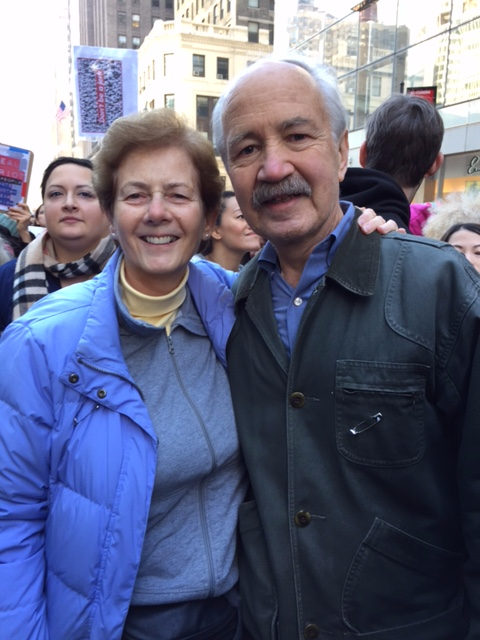 Unfortunately not knowing this arrangement, Emmy had sent in our registration under her name (“V”) and not under mine (“F”). We had difficulty making our way to the staging area, all of the streets and side streets were covered with demonstrators. When we did arrive, there was a huge crowd that did not seem to be moving. We decided to go back to one of the entrance points to see if it would be easier to crash into the March. We were very fortunate to have done so as we later heard tales of people waiting for up to four hours before they could start marching. The march itself was enormous with people crowding the streets from its beginning to its end.
Unfortunately not knowing this arrangement, Emmy had sent in our registration under her name (“V”) and not under mine (“F”). We had difficulty making our way to the staging area, all of the streets and side streets were covered with demonstrators. When we did arrive, there was a huge crowd that did not seem to be moving. We decided to go back to one of the entrance points to see if it would be easier to crash into the March. We were very fortunate to have done so as we later heard tales of people waiting for up to four hours before they could start marching. The march itself was enormous with people crowding the streets from its beginning to its end.
People were packed in tightly, and it was difficult to move. While this was a Women’s March, there was a sizeable contingent of men also, along with many families including children and babies. The atmosphere was friendly and excited. There were absolutely no incidents of violence or intimidation. There were no anti-march protestors along the way, and the police were efficient and helpful. I did ask one cop how many marchers were in the crowd. He told me that the clicker one of them was using to determine the size had broken because of excessive use. We learned later that the official police estimate (not the media estimate) was around 500,000, which certainly explained our inability to move around. Most of the signs were predictable, but a few were amusing. These included: “This is a fake sign,” and “I am so mad at so many things that I don’t have space to list them on this poster.” We did not see any vendors that I had expected. Organizers apparently did give out a few buttons, but most of the badges, posters, and apparel were brought by the marchers from home.
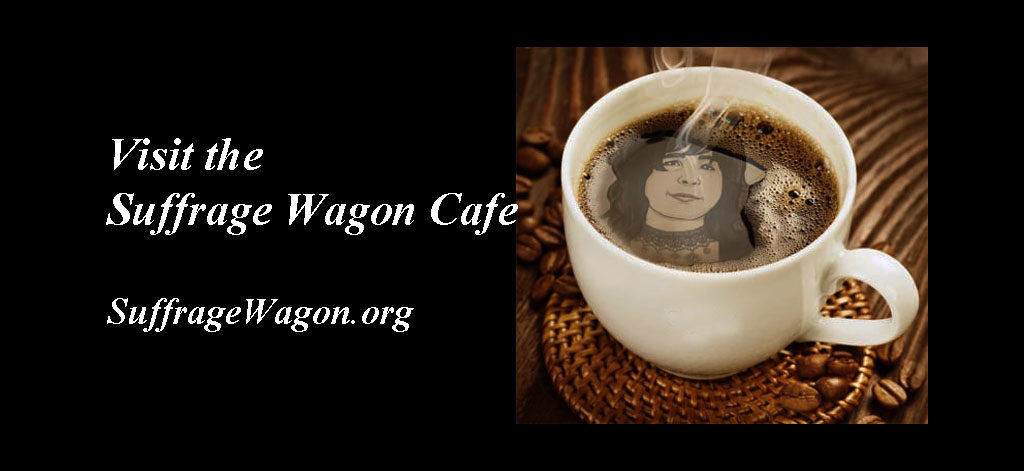 As we marched, people were sending photos by cell phone and keeping up with activities throughout the country. My impression then, as was substantiated later when I saw news accounts, was that marches across the country were about the same—much, much larger than anticipated, so big in fact that parades were cancelled or rerouted.
As we marched, people were sending photos by cell phone and keeping up with activities throughout the country. My impression then, as was substantiated later when I saw news accounts, was that marches across the country were about the same—much, much larger than anticipated, so big in fact that parades were cancelled or rerouted.
We were rerouted in NY as well as the march was originally supposed to have ended at Trump Tower, but whether for security reasons or to keep the crowd moving, the march ended two streets early. On the way out, Emmy and I made it a point to thank the police for how well they handled the march and for how helpful they were to the marchers themselves. We returned to New Haven by train, only to find that the next shoreline train to our town did not leave until an hour and forty-five minutes later. A woman on the train, a complete stranger, offered to have her husband drive us home. Ordinarily we would have refused, but we were so tired at this point that our gratitude knew no bounds, and we took her up on her offer. We returned home and spent the evening watching on tv marches throughout the country, and we were intrigued to find that our experiences were generally shared by people all over. The bathroom situation in NY may or may not have been unique, however. This is not the type of story generally carried on the news.
Marguerite Kearns is your host at the Suffrage Wagon Cafe.
Visit our Vimeo channel for videos and special announcements.
Follow SuffrageCentennials.com for news and views about upcoming suffrage centennials.
You can follow the Suffrage Wagon on Twitter and Facebook.
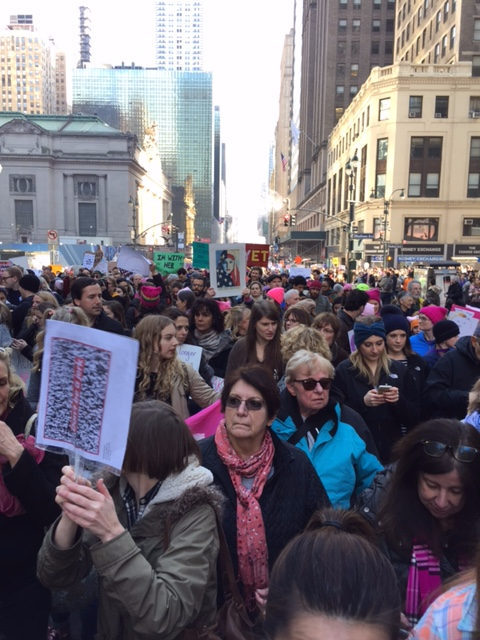

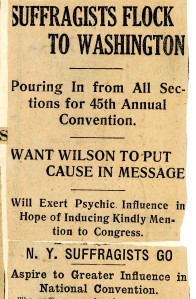
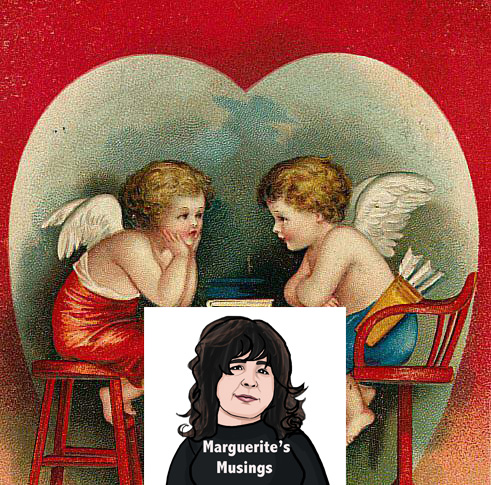
0 Comments